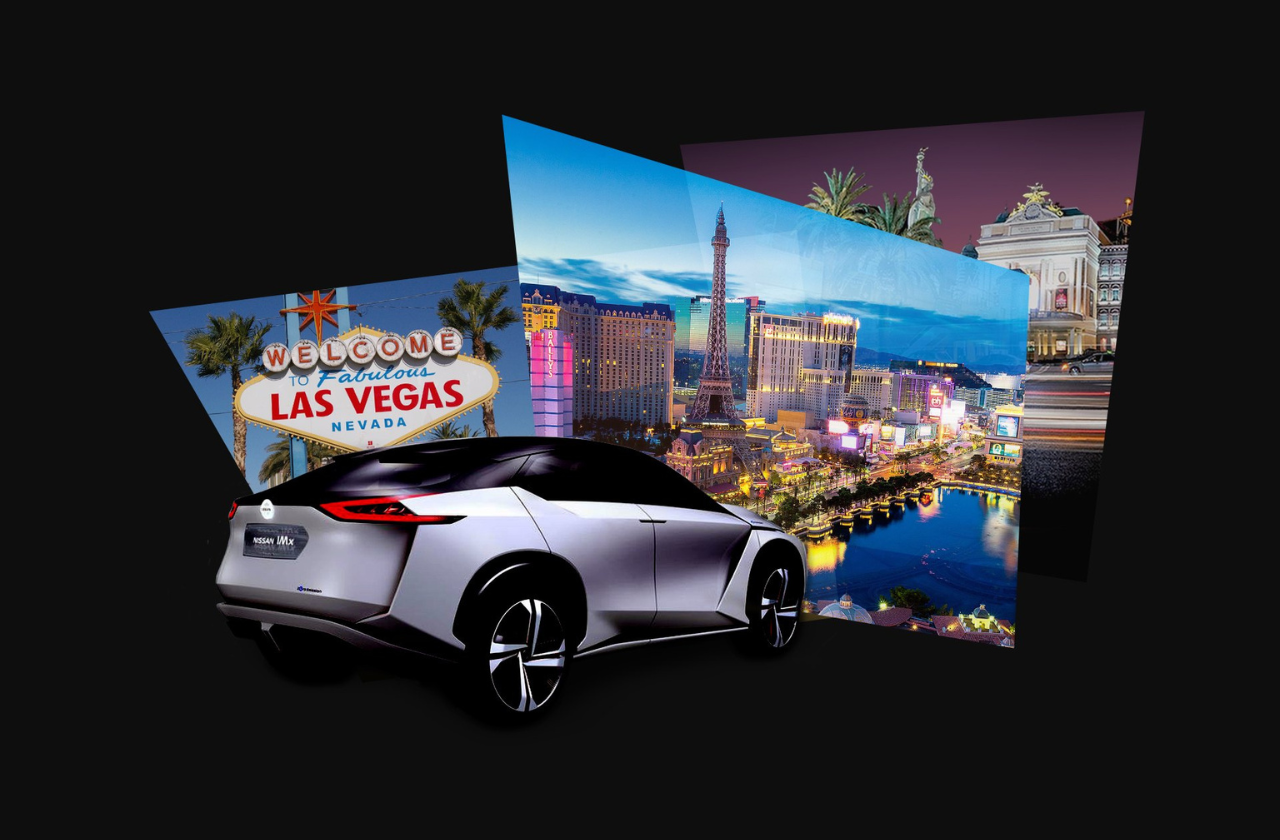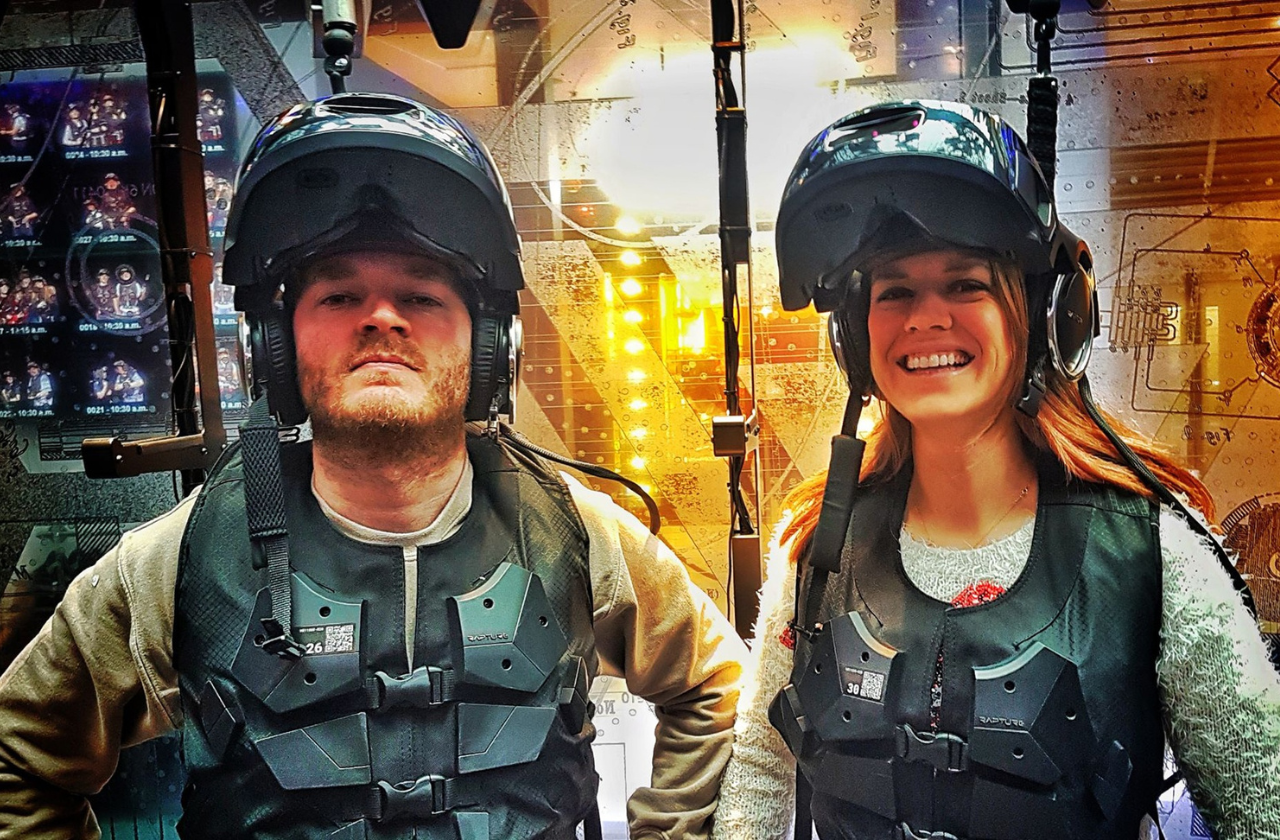






There are countless bold claims on the future of autonomous delivery. From flying drones that drop parcels into your garden and robotic cars that drive to your door, to mini vehicles that roam the pavements rushing groceries to customers. The possibilities of tomorrow are endless, and they aren’t all as far-fetched as they seem.
In fact, one of the above is already happening today…
In the UK, food delivery companies have been trialling 6-wheeled robots. During the lockdown of 2020, Starship robots were used to deliver food in Milton Keynes, limiting contact for people who needed to shelter or isolate. Groceries or cooked food were ordered via an app and then loaded into small units that rolled along pavements to their destination and then returned to base. Fast forward to today and Starship has partnered with American universities to ensure hungry students are being fed without leaving their dorms.
It all sounds very exciting to share our urban existence with roaming robots carrying food, and while this may have become a reality in some areas, there are still many infrastructure questions that need to be answered before we see widespread adoption
Autonomous driving has a mixed history of discovery and danger. Larger vehicles – like autonomous cars – are a danger to soft squishy humans and automated systems are not quite to a standard where they can be considered entirely safe. With smaller units, there’s a possibility that humans are the danger; we’re unpredictable, and small robots run the risk of being damaged or, unfortunately, stolen.
There are also hurdles to overcome in the way that robots interact with each other. Self-driving vehicles assume that at a junction they should give way at all costs because the other driver is likely a human who will make better decisions. However, when two autonomous vehicles meet, both assuming the other is a human they should give way to, there’s a stalemate. While Tesla is making advances in this space by offering different levels of autonomous driver assertiveness, it’s not really a long-term solution, especially for delivery bots.
Most importantly, there is little or no infrastructure for these vehicles to be a part of an urban landscape. Testing of autonomous delivery vehicles has revealed that the physical design of the world around us isn’t always suitable; being too small for roads, yet sometimes too big to share narrow pavements leaves delivery bots in a tricky spot. And that’s before you consider uneven ground and debris they might encounter. Cyclists will know how hard it can be to claim a path alongside traffic, let alone ensure that this space is safe and respected. If we can barely decide where an electric scooter can travel, we’re a long way from making consistent rules for where delivery robots should travel. It would be difficult to implement a “one size fits all” rule such as delivery bots sticking to sidewalks, as they aren’t accessible in many parts of the US. In other parts of the country, there aren’t any sidewalks at all. But that doesn’t mean that the UK is a paradise for small robots either, as potholes and pavement cracks make for treacherous journeys.
On a more optimistic note, these delivery systems are attracting attention and, more importantly, funding. Last year, Starship raised $100 million in 30 days as demand for its services tripled. This is exciting as it means that money is being poured into research and testing which can lead to finding ways to get these on the street.
I believe that autonomous delivery vehicles will continue to make headlines and appearances in our towns and cities while work continues. It’s an area that is worth watching for anyone working in tech. With a little imagination, they might take us to all sorts of places and, hopefully, they will still be bringing snacks.



Our dedicated team dives deep, delivering relentless value and aligning digital solutions with your goals in a way that guarantees success
Learn more